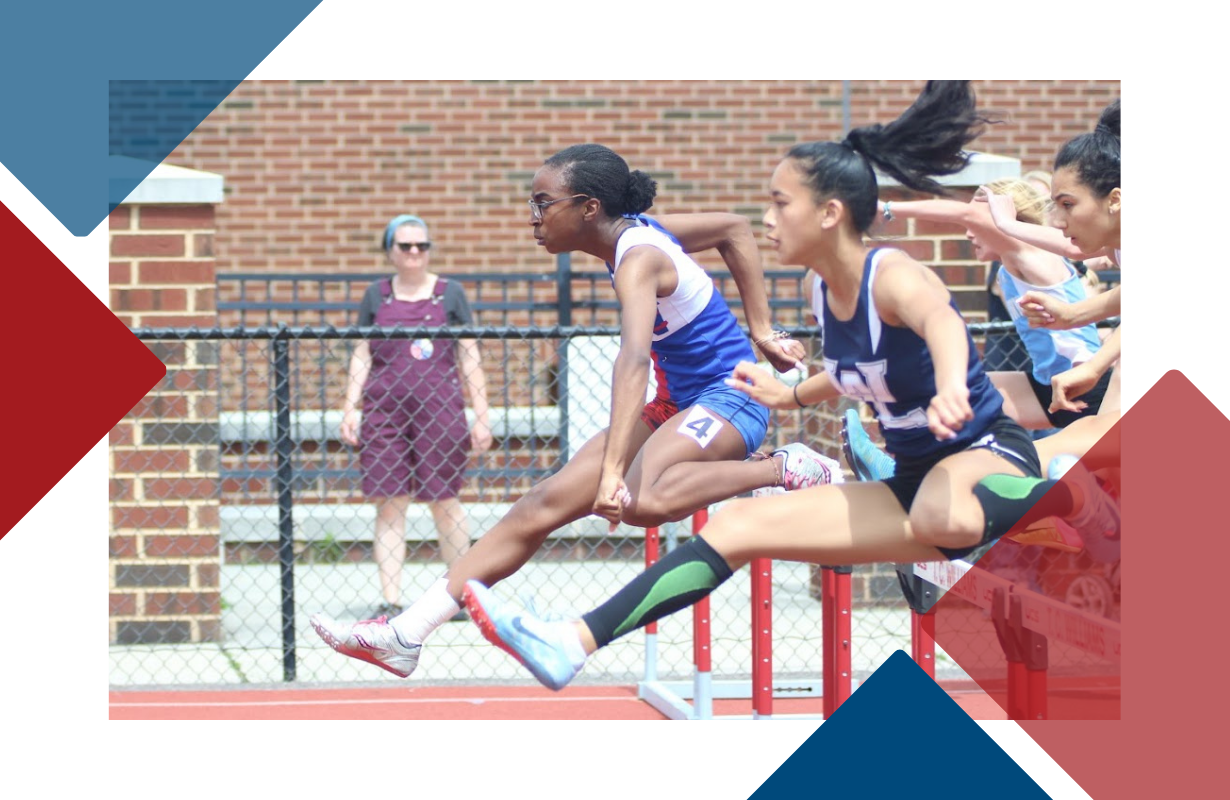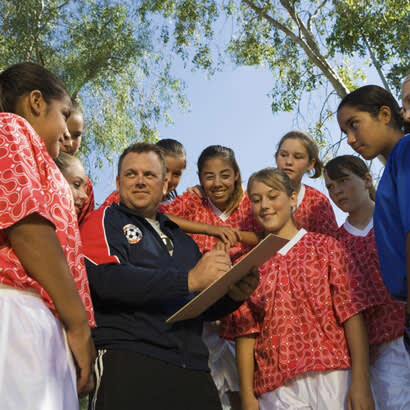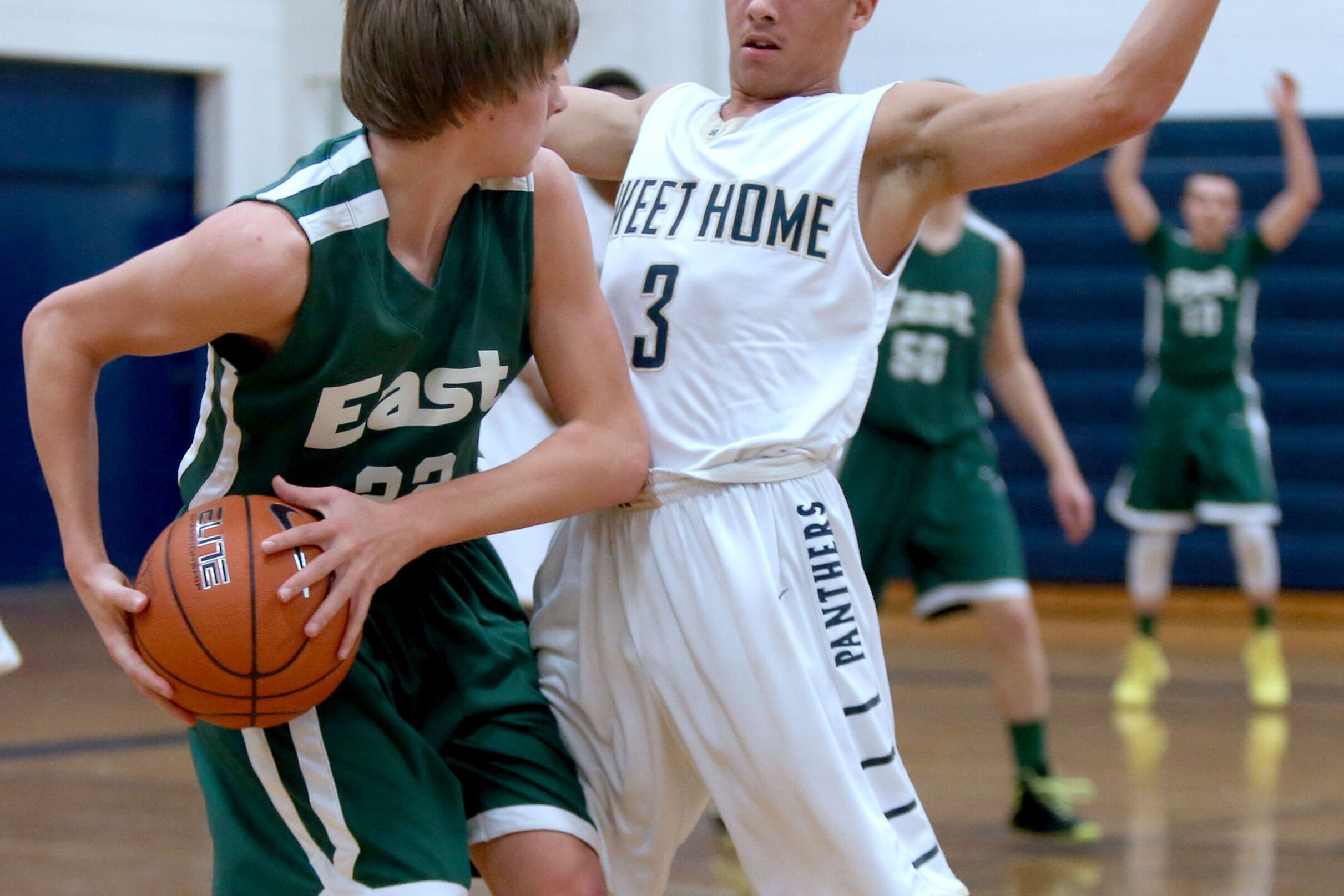While most parents of children who participate in organized sports look forward to a return to play, approximately half fear they or their child will get sick from such activity when restrictions are lifted due to the coronavirus pandemic, according to a new survey.
Some states and counties are beginning to lift those restrictions, and many sports organizers are mulling plans to bring kids back together in the coming weeks. They do so in the face of broad parent concerns about transmission of the virus in practices and games, especially among African-Americans, the racial population hardest hit by deaths and infections from COVID-19.
The survey by North Carolina State University, in partnership with the Aspen Institute’s Project Play, Utah State University and George Mason University, shows that 59% of African American parents worry their child will get sick. They also are concerned about their own health as parents who attend events – 56% fear they will fall ill. Among all parents, 50% worry their child will get sick and 46% are concerned they will become ill.
Financial concerns are also a factor in the return to play to organized sports. The survey showed that 54% of sports parents’ finances have been impacted negatively by the COVID-19 crisis. The U.S. unemployment rate jumped to 14.7% in April, the highest level since the Great Depression.
Only 58% of African American parents anticipate their child resuming any sports activities at the same or higher level as before once allowed, according to the survey. That’s far less than parents who are white (73%), and also less than Hispanics (66%).
“This isn’t surprising given the disproportionate impact of COVID-19 on African Americans,” said Dr. Michael Kanters, a sport management professor at NC State University and the survey’s lead investigator. “The results also suggest that as we plan to restart youth sport programs across the country, there should be a greater emphasis on sport opportunities that are more inclusive to all members of the community.”
The survey of 1,050 adults, conducted in the first week of May as some states began to gradually reopen, is nationally representative of race/ethnicity, household income, geographic region and education level of youth sports parents. It sampled parents who self-identified as having a child between ages 8 to 18 who played organized sports in the past year. Seven out of 10 surveyed said their child had played organized sports at least three days a week prior to the shutdown.
Some good news: 61% of all surveyed parents said they expect their child to play sports at the same level as before, and another 10% expect even higher participation, once restrictions lift. But that still leaves almost three in 10 youth sports parents expecting lower participation or still undecided.
The survey results indicate greater enthusiasm for community-based programs when sports return. Only 52% of parents said they are extremely or slightly comfortable with their child participating in travel, elite and club competitions against teams located outside of their city or county when activities resume. That’s far less than the comfort expressed for returning to school sports (68%) and community sports (67%). The preliminary survey results do not capture what level of play (travel, school and community) parents were comfortable with prior to the shutdown.
Travel sports cost more money and bring greater risk of spreading the virus, with tournaments and league games often hosting teams that are not from the same community. The Centers for Disease Control and Prevention encourages organizations to limit the mixing of groups and has recommended that most organized sports should not be held during times in which individuals are encouraged or required to practice social distancing.
“This may be an ominous sign for the travel sports industry, at least in the immediate aftermath of the COVID pandemic,” said Dr. Travis Dorsch, founding director of the Utah State University Families in Sport Lab. “These data may be a signal that families are looking to scale back, to stay closer to home, and to spend less money on youth sport experiences for their children.”
Further, 19% of parents said their child has lost interest in playing their sport during the shutdown – and 18% indicated their child does not plan to return to it when restrictions lift. Those results may have been influenced by the level of sport the child played prior to the shutdown.
The Aspen Institute will periodically survey parents in the coming months to continue to capture their attitudes on returning to play sports. Perceptions could change over time for many reasons, including local and national public health conditions, increased COVID-19 testing and contact tracing, and safety measures taken by sport providers as they aim to reopen.
Other findings from our initial survey results:
Twice as many African-American parents (26%) said they felt “slightly uncomfortable” or “extremely uncomfortable” with their child playing organized school sports when activities resume compared to white parents (13%), with similar responses for returning to community sports (27% vs. 13%).
Parents whose child plays a team sport said they felt more comfortable with a return to play than individual-sport parents. This trend showed up in many forms of return to play, such as school sports (70% team sport parents felt extremely or slightly comfortable vs. 64% individual sport parents), community-based sports (70% team sport parents vs. 60% individual sport parents), and travel/elite/club sports with competition outside the community (56% team sport parents vs. 42% individual sport parents).
Parents whose child plays basketball were more likely to strongly agree (24%) that they are worried their child will get sick by returning to sports than parents in baseball (16%), tackle football (15%), and soccer (13%). Those were the only four sports that had high enough response rates for sport-specific analysis. Among those sports, baseball parents (75%) were the highest rate who said they expect their child to resume participation at the same or higher level as before when restrictions are lifted, followed by basketball (73%), tackle football (69%) and soccer (69%).
Only 1 out of 10 soccer parents said their child has lost interest in their sport, compared to almost 2 out of 10 all parents who said this. But soccer parents are more cautious on what return to play looks like. Soccer parents (50%) had the lowest rate of parents who feel comfortable with their child returning to travel sports outside of their city or county, compared to basketball (59%) and baseball (57%).
When activities return, all parents indicated they are most comfortable with their child playing individual pickup sports (75%), such as running or shooting a basketball on their own. They are slightly less comfortable with neighborhood pickup games (67%). Ninety percent of parents in homes of $150,000 or more said they are extremely or slightly comfortable with their child resuming neighborhood pickup games when activities return, compared to 58% for families under $50,000. This finding may be a byproduct of limited resources and safe spaces for lower-income families even before the shutdown.
Parents whose children participated in organized sports activities five days or more per week prior to the pandemic are less likely to be worried about their child getting sick (43% vs. 50% for all parents). These parents are also more likely to resume sports at the same or higher level (78% vs. 70% for all parents).
The loss of social connections is being felt. Seventy-six percent of all parents said the most significant impact on their child’s loss of sports is the lack interaction with teammates.
Other potential obstacles to kids from returning to sports include practical family concerns. Twenty-three percent of parents said that “it will be difficult to fit sport into our schedule again” and 21% said “it will be difficult to transport my child to play sports.”
Since the COVID-19 shutdown in March, 62% of parents said their child’s physical activity level has decreased a little or a lot. This is happening even though 69% of parents said their child is focusing on improving their fitness during this period. Far more parents in households of $150,000 or more (62%) said their child is increasing fitness at home during the pandemic than parents in homes under $50,000 (37%).
The survey also suggests that stay-at-home orders have led to a significant shift in the way coaches design and deliver training to youth. Tele-training, once reserved for elite athletes or those looking to overcome geographical distance, is now being employed by the masses. More than half of parents said their child uses online training, with youth finding the training themselves (54%) at a slightly higher rate than a coach providing the resources (51%).
“Coaches and families have had to redefine our traditional view of the coach-athlete relationship,” Dorsch said. “It’s been amazing to see the rate at which private coaches, teams, and organizations have built the infrastructure and programming to make this happen. And it will be interesting to see if this remains a viable and/or desired form of athletic engagement after the COVID pandemic has passed.”
However, only 16% of African-American parents said their child has increased involvement in virtual training during the pandemic, compared to 23% of all parents. Parents in households of $150,000 or more were more than twice as likely (40%) as those in households under $50,000 (17%) to indicate that their child has participated in more virtual training. Parents in homes between $50,000 and $100,000 also expressed a lower rate (20%) of increased virtual training by their child.
Meanwhile, organized play is already being reintroduced in some places. On Mother’s Day weekend, at least three baseball and softball tournaments played in Missouri, even as the state reported its largest-ever daily increase in COVID-19 cases. Although Missouri lifted its statewide stay-at-home orders, St. Louis County remains under shelter-in-place laws until May 18, so one tournament organizer moved his event from St. Louis County to two neighboring counties without such restrictions.
About 40 teams ended up playing in a tournament that usually has entries from about 180 teams. Tournament rules stated that only three players would be allowed in a dugout at one time and all other players would spread six feet out behind the dugouts and down the lines. However, images from a local TV station showed six players all standing close next to each other behind a fence as their team batted.
“I think we did our best, for having 12-year-old boys who don’t always listen,” mother Kathy Tierney told the St. Louis Post-Dispatch.
Some parents elected not to have their child participate. “We’ve taken all this time and effort to stay at home for weeks to control this outbreak,” parent Chris Westmeyer told TIME. “It seems silly to let my kid play a baseball game. Why take that one risk? It can all backfire with one stupid mistake.”
Do you have a topic that you would like Project Play to explore in future COVID-19 youth sports coverage? Email Jon Solomon at jon.solomon@aspeninstitute.org.





















